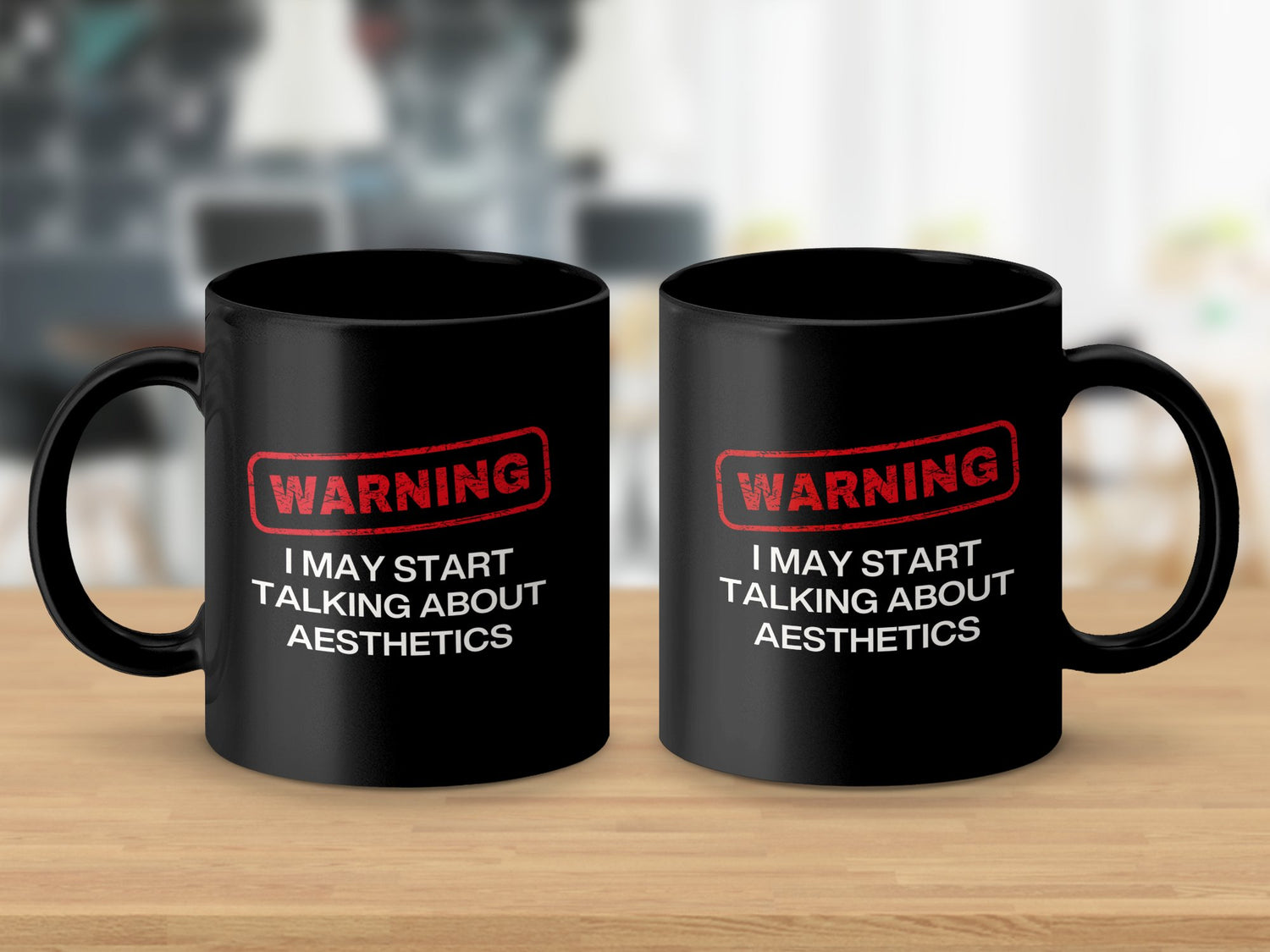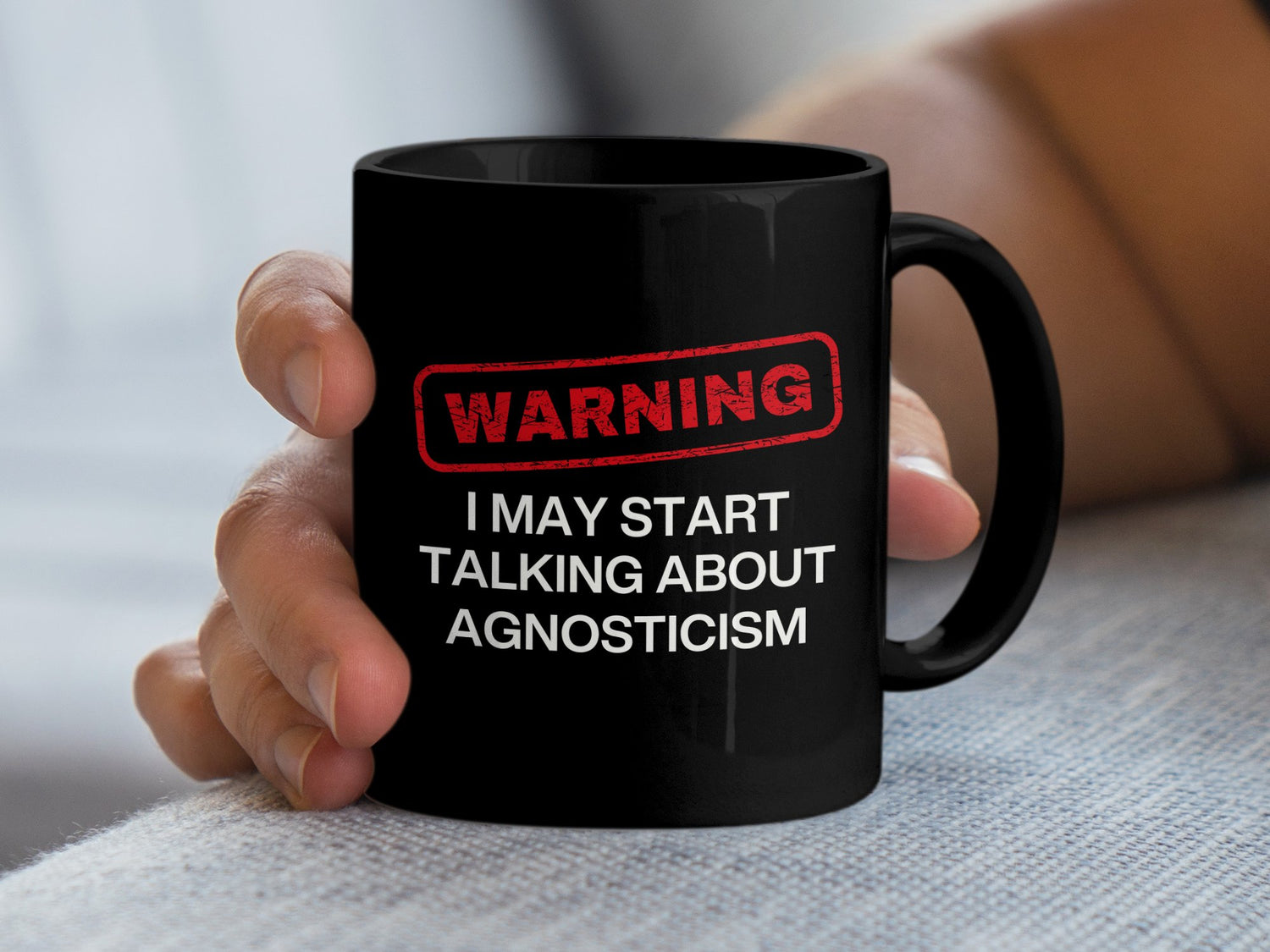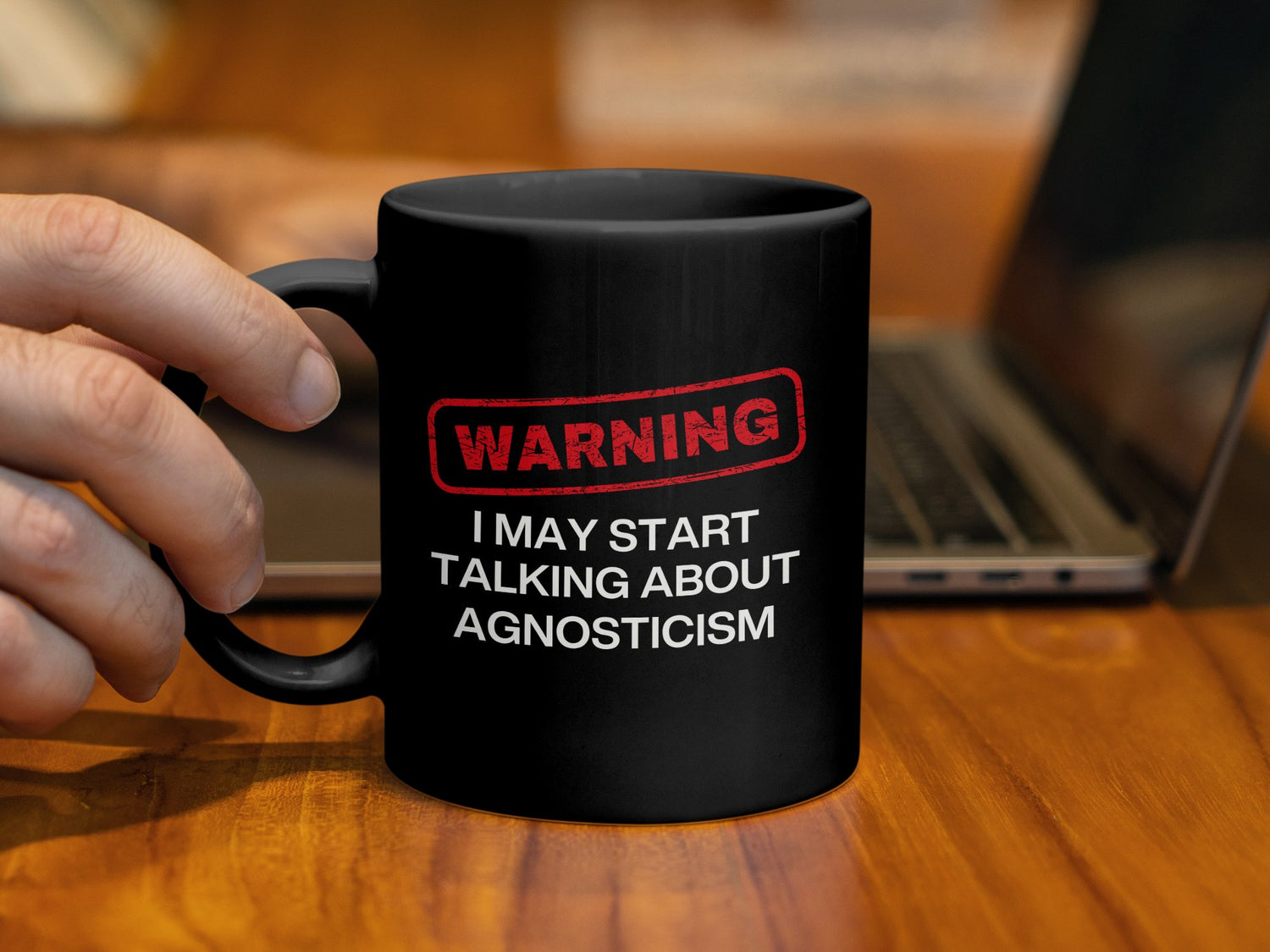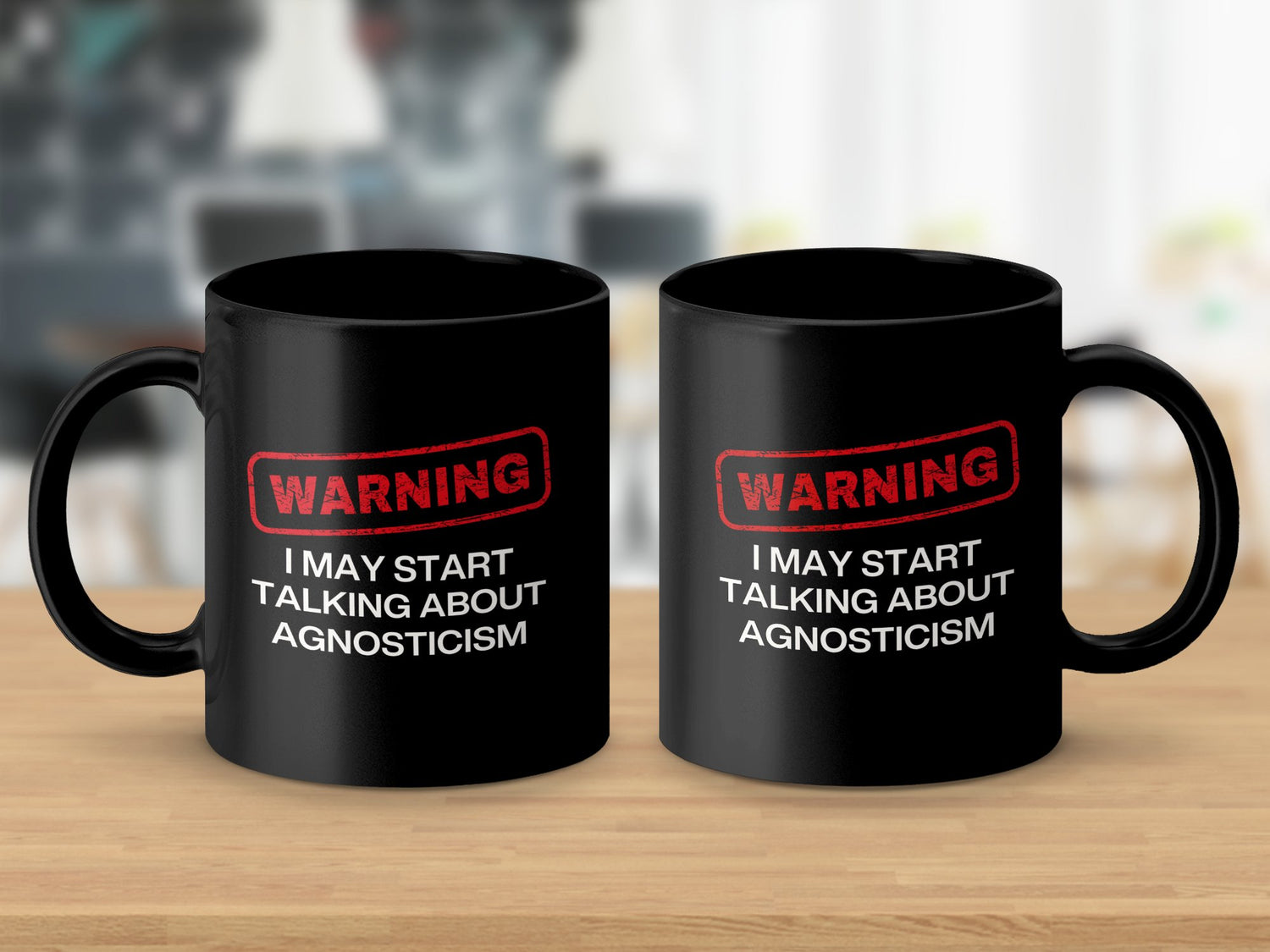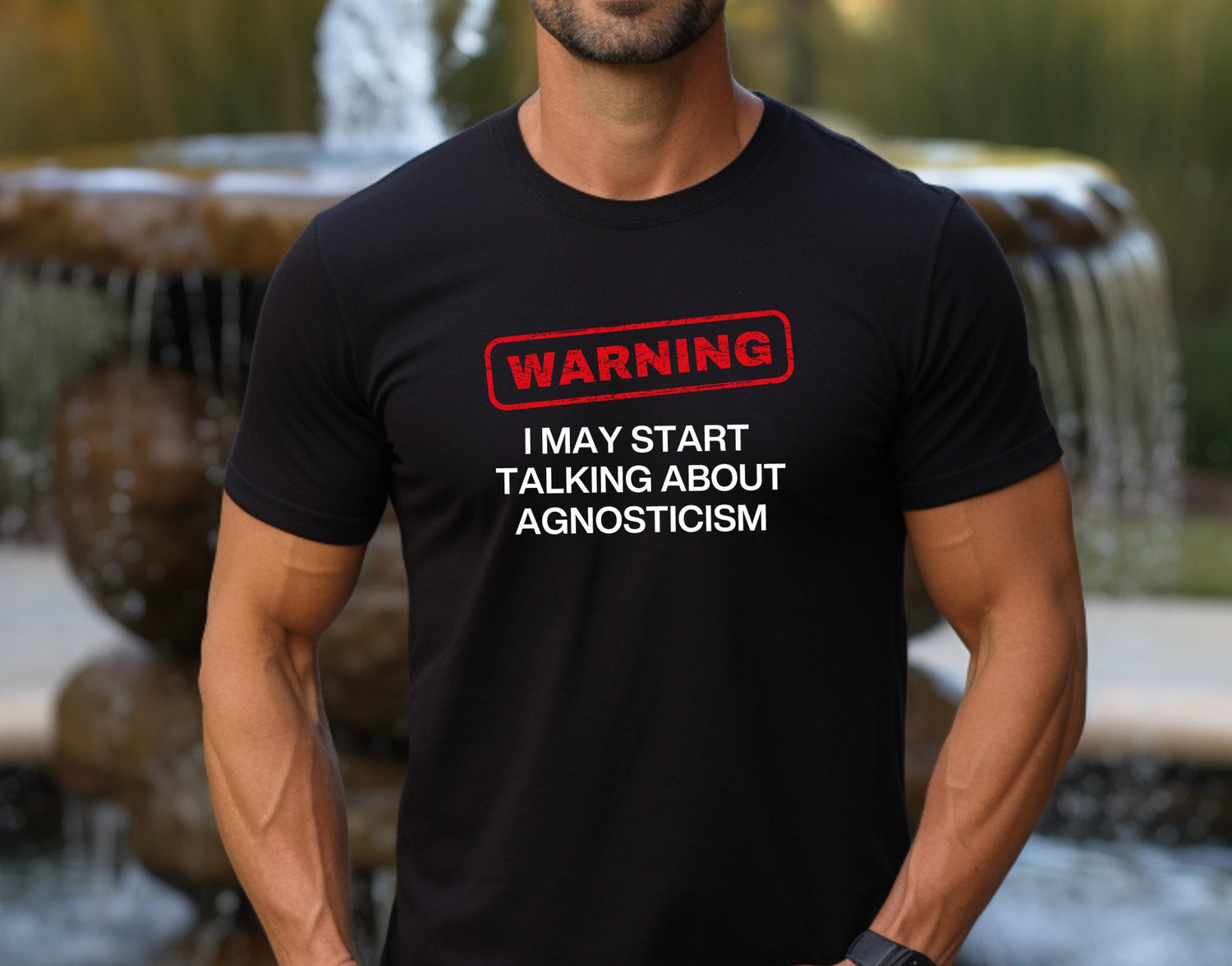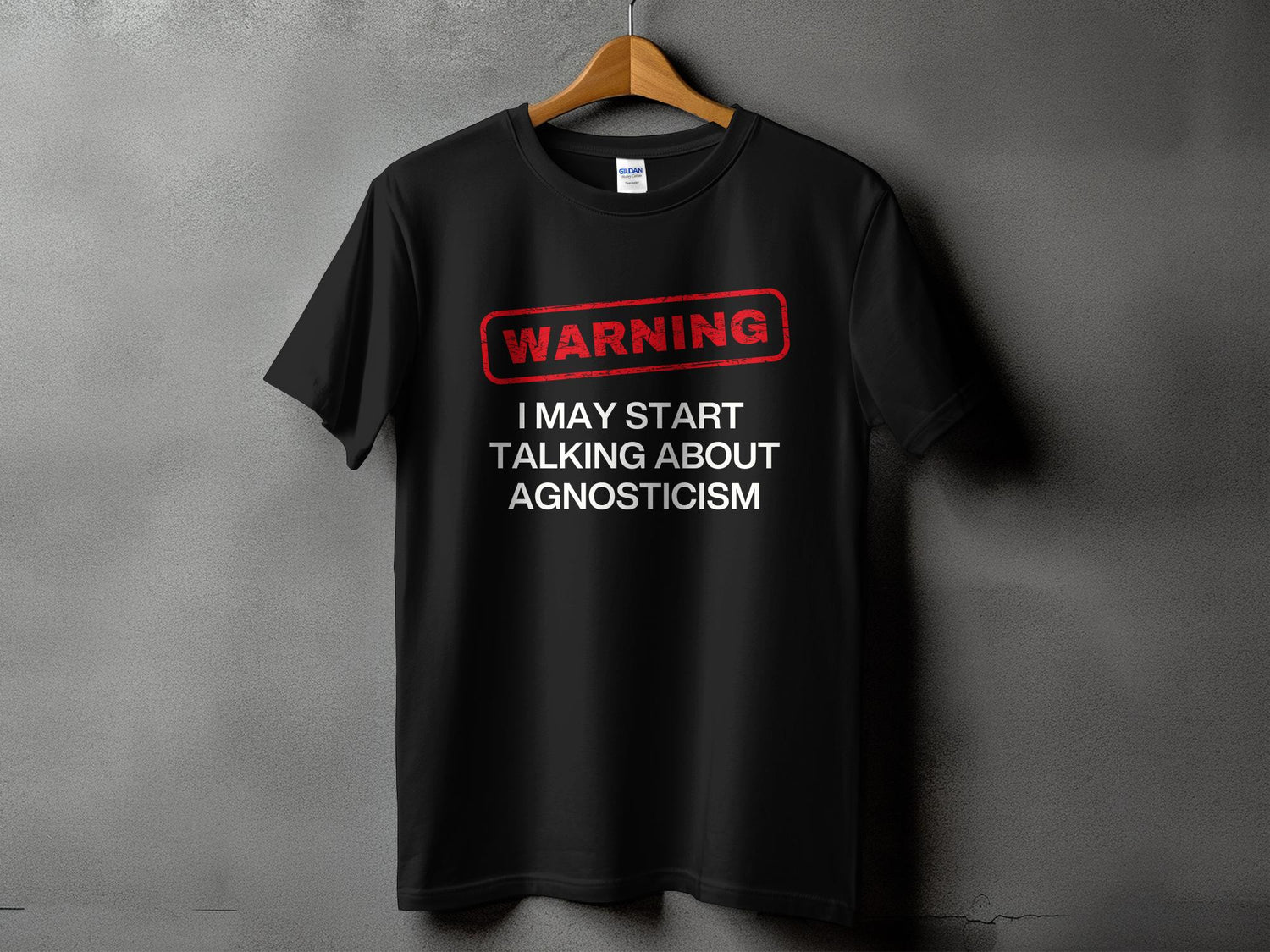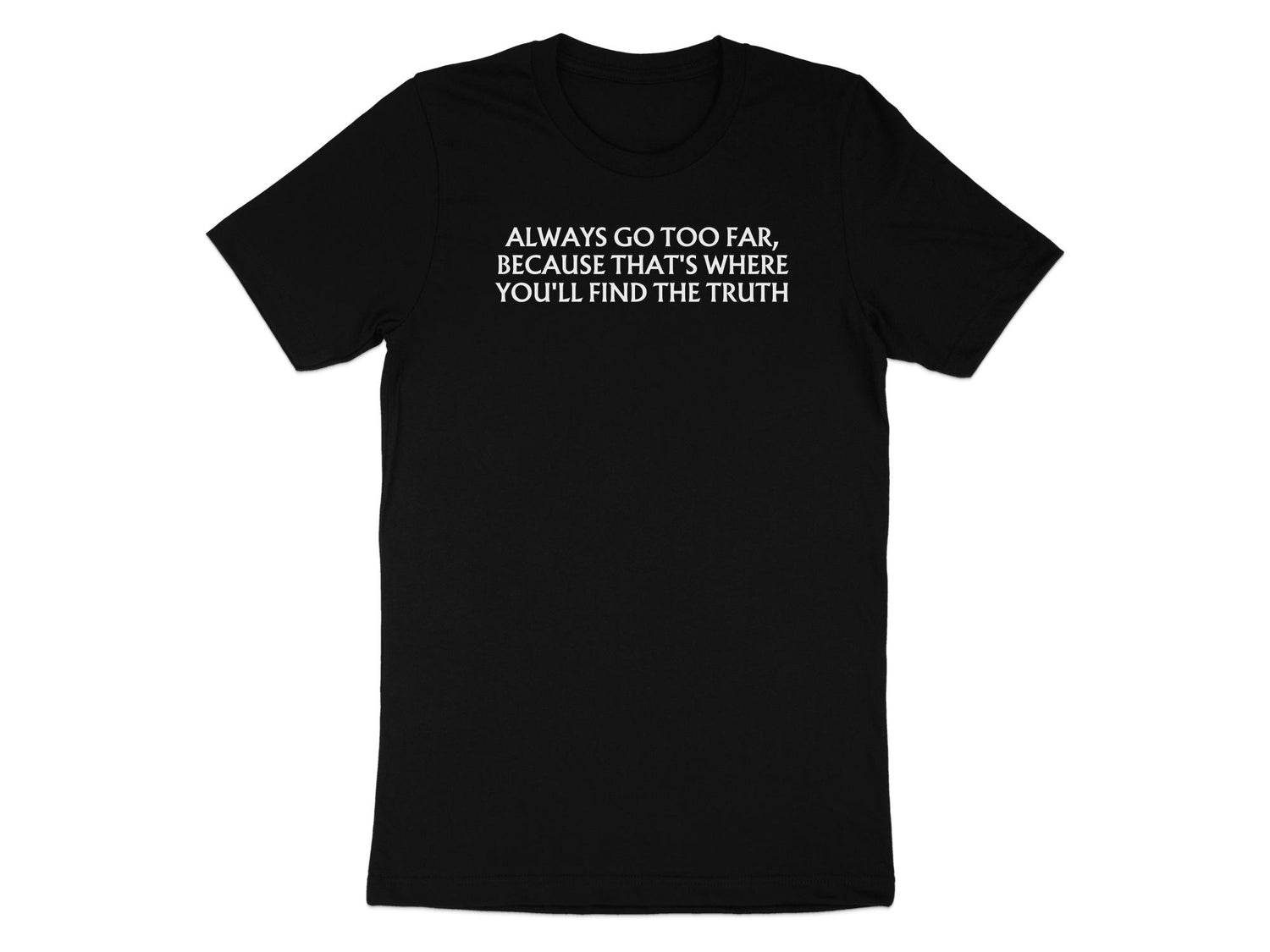The Foundations of Mereology
Mereology, the study of parts and wholes, is a branch of metaphysics that explores how objects and their components relate to one another. Unlike set theory, which deals with collections of objects, mereology investigates how entities compose larger structures and whether those compositions remain consistent over time. Questions of mereology arise in various domains, including philosophy, mathematics, linguistics, and even everyday reasoning.
Classical Mereological Puzzles
One of the most famous thought experiments in mereology is the Ship of Theseus. Imagine a ship whose wooden planks are gradually replaced one by one until none of the original materials remain. Is it still the same ship? What if the removed planks are reassembled elsewhere—would that also be the Ship of Theseus? This puzzle challenges the notions of identity and persistence, forcing a reconsideration of what it means for an object to maintain its identity over time.
Another mereological challenge is the Problem of the Statue and the Lump of Clay. A sculptor forms a statue from a lump of clay. The statue and the lump seem to coexist as distinct entities, yet they are composed of the same material. Are they one object or two? If the statue is reshaped, does the original entity cease to exist? These issues explore whether objects are merely the sum of their parts or if they have unique identities beyond composition.
Theories of Mereology
Several theories attempt to resolve these mereological puzzles:
-
Mereological Nihilism – This view holds that there are no composite objects, only fundamental particles arranged in different ways. Under this perspective, a ship or a statue is simply a convenient way to refer to a specific arrangement of smaller entities.
-
Mereological Universalism – This theory asserts that any collection of parts forms a whole, no matter how arbitrary. According to this view, even scattered objects, like a pebble on Earth and a star in another galaxy, compose a single object.
-
Mereological Essentialism – This position argues that an object maintains its identity only if it retains all of its original parts. Any change in composition results in a different entity altogether.
-
Four-Dimensionalism – This theory treats objects as extended across time, meaning that an entity is not just its current composition but includes all its temporal stages. The Ship of Theseus remains the same ship because it exists as a four-dimensional structure across time.
Mereology in the Real World
Mereological issues extend beyond philosophical puzzles into real-world applications. In legal disputes over property rights, for example, mereology plays a role in determining whether a modified or repaired object remains the original entity. In biology, mereological questions arise when considering organisms and their evolving structures—does a tree remain the same tree if all its leaves, branches, and trunk are gradually replaced? Advances in artificial intelligence and robotics further complicate these debates, as questions of part-whole identity influence the discussion on machine consciousness and the persistence of digital entities.
Conclusion
Mereology offers profound insights into how objects exist and relate to their components. From the Ship of Theseus to legal and technological applications, the study of parts and wholes challenges assumptions about identity, composition, and persistence. While no definitive answer exists, mereology remains a crucial field for understanding the fundamental structure of reality.


